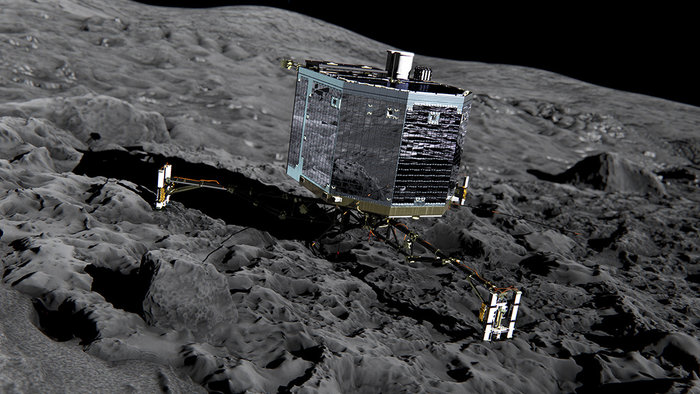Those people who are eagerly monitoring the Curiosity Rover activities on MARS definitely may be knowing about Mount Sharp - a mountain on MARS and primary target of Curiosity Rover of NASA. The Mount Sharp was built by sediments deposited in a large lake bed over tens of millions of years - says rover science team.
 The Mount Sharp also known as Aeolis Mons officially forms the central peak within a very large crater called as Gale Crater which is 155 Km in diameter. The Mount Sharp is 5 Km tall, its lower flanks exposing hundreds of rock layers. The rock layers - alternating between lake river and wind deposits - bear witness to the repeated filling and evaporation of a lake much larger than any previously examined close-up.
The Mount Sharp also known as Aeolis Mons officially forms the central peak within a very large crater called as Gale Crater which is 155 Km in diameter. The Mount Sharp is 5 Km tall, its lower flanks exposing hundreds of rock layers. The rock layers - alternating between lake river and wind deposits - bear witness to the repeated filling and evaporation of a lake much larger than any previously examined close-up.The NASA team of scientists are exploring to solve the mystery of Mount Sharp. Where there is a mountain now, there may have been a series of lakes in the past - says one of the team member, Dr. John Grotzinger.
The Curiosity rover is now investigating the lowest sedimentary layers of Mount Sharp, a section of rock 150 meters high. Rivers carried sand and silt to the lake depositing the sediments at the mouth of the river to from deltas similar to those found at river mouths on Earth.
“As Curiosity climbs higher on Mount Sharp, we will have a series of experiments to show patterns in how the atmosphere and the water and the sediments interact. We may see how the chemistry changed in the lakes over time.” “This is a hypothesis supported by what we have observed so far, providing a framework for testing in the coming year.” Dr Grotzinger said.








